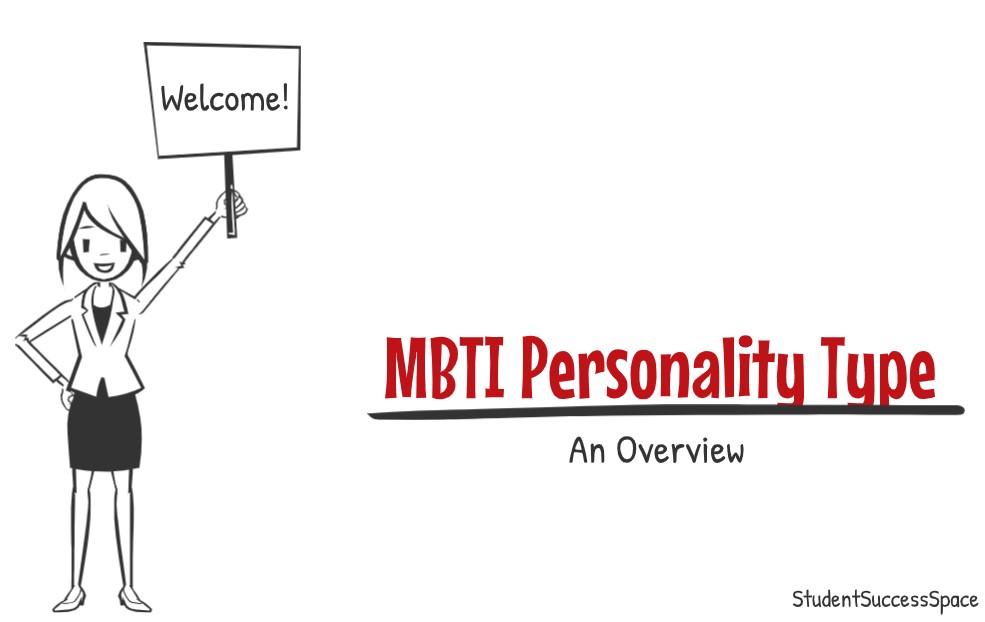Jumping into MBTI, it is important to truly understand what personality type is. As shared earlier, MBTI started with a theory of personality type which was developed by Carl Jung where he explained that there were normal differences between psychologically healthy individuals. He then identified that this differences in behavior resulted from inborn tendencies which we would call nature and the way individuals were raised and their environment (nurture). We then act on these tendencies. These kinds of tendencies develop into our behavior.

He determined that when people’s minds were active that they were involved within two mental activities. They were either taking in information, called perceiving or they were organizing information or coming in a conclusion, called judging.
He then identified there were two opposite ways that people perceived. He called them sensations. Myers and Briggs later renamed this to sensing but determined there was also intuition.
In contrast the opposite two ways people judged were thinking and feeling.
Orientation of Energy
Additionally, there is a way that individuals focus their energy. Jung noticed that people tend to be more energized by their external worlds, including experience, people, activity and emotions. Or the individual may be more energized by the internal world including ideas and memories.
He called these two orientations:
- Extraversion
- Introversion.
Extraverted individuals will look to the outside world to get their energy. Introverted individuals will get their energy more from the inside through as an example reflection.
Mental Processes
Mental processes are also called functioning pairs. These four mental processes:
- Sensing
- Intuition
- Thinking
- Feeling
These are predictable characteristics that are going to be a little different for each person and especially going to be different when comparing an extravert to an introvert.
Mental Functions
There are eight mental functions. Combining our orientations of the world, perceiving and judging, with these four mental processes, we can see there are fundamental patterns of mental activity occurring within people.
Perceiving people – recall the way individuals are taking in information – would either occur through an extraverted methodology of sensing and intuition or an introverted methodology of sensing and intuition.
Judging personality types are also divided into these four mental processes: an extraverted methodology of sensing and intuition or an introverted methodology of sensing and intuition.
These mental processes are used by everyone and available to all personality types. Recall that each individual has an innate preference or desire, a natural means of processing. This natural preference is going to lead the functions over the others. It will direct the energy to them and help in the development of behavior and personality patterns.
These preferred mental processes are called a dominant function by Carl Jung. These preferred mental functions or processes make individuals unique but also enable the prediction of patterns of behaviors which forms our personality type.
Sixteen Personality Types
Jung focused on accurately describing these sixteen personality types and the associated functions or mental processes. But he also noted that people used the functions in a hierarchy of preferences. He called these:
- Dominant function
- Auxiliary function
- Tertiary function
- Inferior function (or fourth function)
Myers and Briggs developed this idea even further, sharing how we have extraverted and introverted functions.
For example, the ISTJ personality type uses the dominant function of Sensing. However, this function tends to be introverted. Meaning, others don’t tend to see this sensing function. Instead, others will see the auxiliary function of thinking which is extraverted despite the ISTJ preferring to use Sensing the most.
Every type will have a hierarchy of type and a preferred method of dealing with their functions or mental processes.
Four Preference Scales
It is important to know that preferences are not an either-or option. They are on scales. Think of the scales as a spectrum. An individual may be a little extraverted and a lot introverted – meaning they will have to practice or use extraversion in certain situations, like work or school, but these experiences will tire them. The introvert will then retire to a quiet location to recharge and re-energize themselves.
When looking at the scale, think of a line with the different processes or attributes on either side, opposite of each other.
- Extraversion and introversion
- Sensing and Intuition
- Feeling and Thinking
- Perceiving and Judging
Let’s look at extraversion and introversion:

An introverted individual who has some extraverted tendencies, may have a focus on energy look something like this on the scale:

But what if the individual were to be more extraverted, finding themselves infrequently needing a little peace and quiet? Their focus of energy would appear more toward the extraverted end of the spectrum.

Of course, there are also individuals that are more balanced, almost exactly between each side of the scale. Therefore, we cannot say that individuals are 100% one function or another. No absolutes.
This principle of scales or spectrums applies to each of the functions. This is also what leads to the unique differences between the individual personality types.
Follow us on Instagram: MBTI.Specialist
Follow us on YouTube: StudentSuccessSpace
Want to learn more about this topic?
Learn more about MBTI on Udemy.com. Search for Tracy Atkinson’s courses.
Or read about MBTI. Search for Tracy Atkinson’s publications on Amazon.

Comments are closed